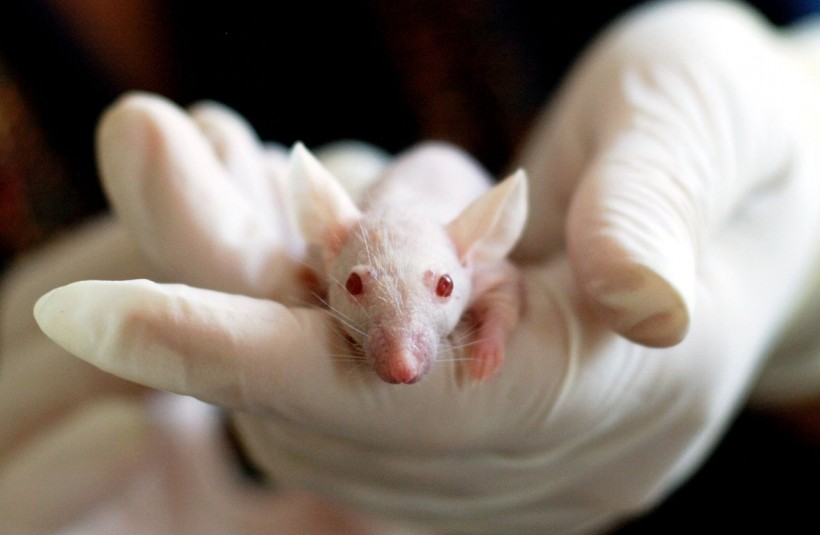In using mice for neurological experiments, training exercises were traditionally used to establish the principles of brain activity and organization. However, such an approach takes days to months of training before the animal completes a specific task. Scientists believe that when the mouse is exposed to the real world, its brain might work differently. By studying the natural actions of the animal, scientists can gain better insights into the brain and behavior in a more holistic and relevant way.

Different Approaches in Tracking Mouse Behavior
As brain experts prefer to use natural setups in decoding a mouse's brain, better technologies are used for brain imaging and behavior tracking. Some even utilize these methods to understand human behavior further.
Tiago Branco, a neuroscience expert at the Sainsbury Wellcome Centre at University College London, led the experimental setup of evoking the escape response in a mouse. It is part of the movement to move away from the experiments on understanding a mouse's brain and behavior that neuroscientists have used for decades. His team studied the specific behaviors of mice while recording brain activity using electrodes attached to their head.
Another neuroscience expert Sandeep Robert Datta from the Harvard Medical School, studies the naturalistic behavior of mice by allowing them to mind their own business instead of instructing them on what to do. A grammar of mouse body language was cataloged by his team with the help of 3D imaging. This technology was used to determine the role of stimuli or genetic manipulations in changing the patterns of actions.
In the past five years, machine learning enabled the analytical strategies needed to monitor animal behavior automatically. In 2018, a group of scientists led by neuroscience expert Mackenzie Mathis pioneered an open-source motion-tracking software known as DeepLabCut. This package has been installed 500,000 times, providing a key to the emergence of other machine-learning strategies.
Some investigations made on the natural behaviors of mice already have clinical applications. Ishmail Abdus-Saboor from Columbia University collaborated with Victoria Abraira from Rutgers University in studying pain using naturally behaving mice. They discovered that a painkiller called meloxicam works fine in a standard pain examination but not when the animal behaves automatically. The team's discovery of the role of spontaneous behaviors in pain response can be applied to human conditions considering the naturalistic assays in drug discovery.
READ ALSO: Israeli Mice Experiment Suggests Human Life Could Extend Up to 23 Percent
Role of Technology in Studying Natural Behavior
Psychological research depends a lot on the findings of behavioral experiments involving animals. As animals evolve in complex environments, they produce a wide range of behaviors. The observations gained from such studies provide insight into human psychology.
In studying animals' natural behavior, experts can study their free movements while applying systems techniques such as modeling behavioral approaches. Studying the natural behavior of animals takes cues from ethology, and with the recent developments in machine learning, new opportunities allow the combination of systems and ethological approaches.
Advanced technology and analytical tools remove the barriers to observing natural behaviors in animals. Traditional approaches involve systems limited to highly trained and restricted behavioral stimuli. In modern-day settings, computer simulations and machine-learning statistics allow scientists to model animal behavior and its evolution.
RELATED ARTICLE: Mice Study Reveals How Chemicals We Get From Physical Exercise Could Defeat Intense Hunger, Obesity
Check out more news and information on Animal Behavior in Science Times.














